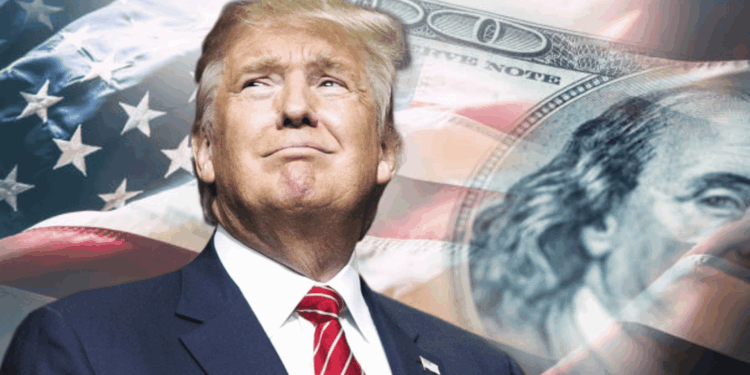- Trump’s new tariffs now cover over 90 countries, with levies targeting imports ranging from electronics to energy, as part of a broad effort to bring jobs and production back to the U.S.
- India faces a 50% tariff threat over its purchase of Russian oil, while global tech firms brace for a potential 100% tariff on foreign-made semiconductors.
- Countries like the UK, EU, and South Korea secured tariff relief, while others including Switzerland and Southeast Asian nations face high economic pressure amid limited negotiation success.
President Donald Trump’s sweeping new tariffs targeting more than 90 countries officially took effect this week. In a Truth Social post just before the deadline, Trump boasted that “billions of dollars were now flowing” into the U.S. thanks to these import taxes. His strategy aims to bring back manufacturing and jobs, while also pursuing political goals through economic pressure.
Among the boldest new moves are threats to raise tariffs on Indian goods to 50% due to its Russian oil imports, and a 100% tariff on foreign-made semiconductors to force tech investments inside the U.S. These announcements come as the average U.S. tariff rate hits a near-century high, affecting products like vehicles, steel, and now electronics.
A Patchwork of Trade Deals and Exemptions
Though many tariffs were first announced in April, implementation was staggered to allow for negotiations. The 7 August deadline marked the final phase of this rollout. Countries like the UK, Japan, and South Korea managed to strike deals for lower tariff rates. The European Union agreed to a 15% tariff in a framework deal, while Switzerland faces a 39% rate—the highest imposed—prompting an emergency government meeting.
Taiwan, an ally of the U.S., was hit with a 20% tariff but remains in ongoing talks. Laos, Myanmar, and other Southeast Asian nations face tariffs up to 40%, fueling speculation that the U.S. is indirectly targeting Chinese trade networks.
Political Goals Drive Tariff Strategy
Trump’s tariff campaign is deeply intertwined with his broader political agenda. Canada’s tariff rate was raised to 35% last week over claims of inadequate cooperation on drug smuggling, though most Canadian exports are shielded by USMCA. Mexico avoided a hike with a 90-day negotiation extension, and China remains in talks to extend its current tariff pause.
Notably, Trump has used these economic levers to pressure countries involved with Russia. India’s energy ties to Moscow put it in the crosshairs, with Washington warning of secondary tariffs on any nation buying Russian oil if a ceasefire isn’t reached by Friday. India, rejecting the pressure, called the move “unfair, unjustified, and unreasonable.”
Tech Industry and Energy Sector Also Targeted
Trump’s 100% tariff threat on foreign semiconductors is part of a push to onshore tech production. This pressure seems to have worked, as Apple announced a $100 billion U.S. investment shortly after. Still, some chip giants like TSMC, Samsung, and SK Hynix—who already have U.S. facilities—are reportedly exempt.
In the energy sector, the administration’s actions are sending ripples worldwide. As a top oil importer, India’s refusal to abandon Russian oil could become a test case for how far the U.S. is willing to go to enforce its geopolitical goals through economic measures.














